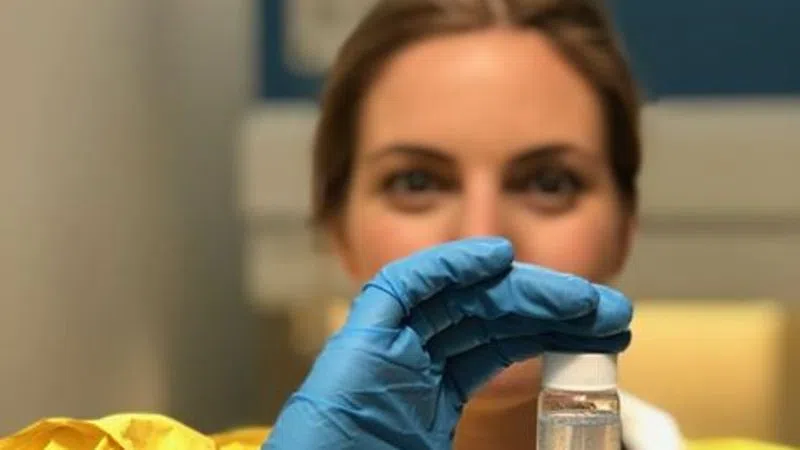
Study finds microplastics in all remote Arctic beluga whales tested
VANCOUVER — A pioneering study of seven belugas in Canada’s remote Arctic waters has found microplastics in the innards of every single whale.
Researchers from Ocean Wise worked with hunters from the Inuvialuit community of Tuktoyaktuk, N.W.T., to collect samples from whales they harvested between 2017 and 2018.
They found an average of nearly 10 microplastics, or particles less than five millimetres in size, in the gastrointestinal tracts of each beluga.
The study was published last week in the Marine Pollution Bulletin and conducted in partnership with Fisheries and Oceans Canada and Simon Fraser University.
